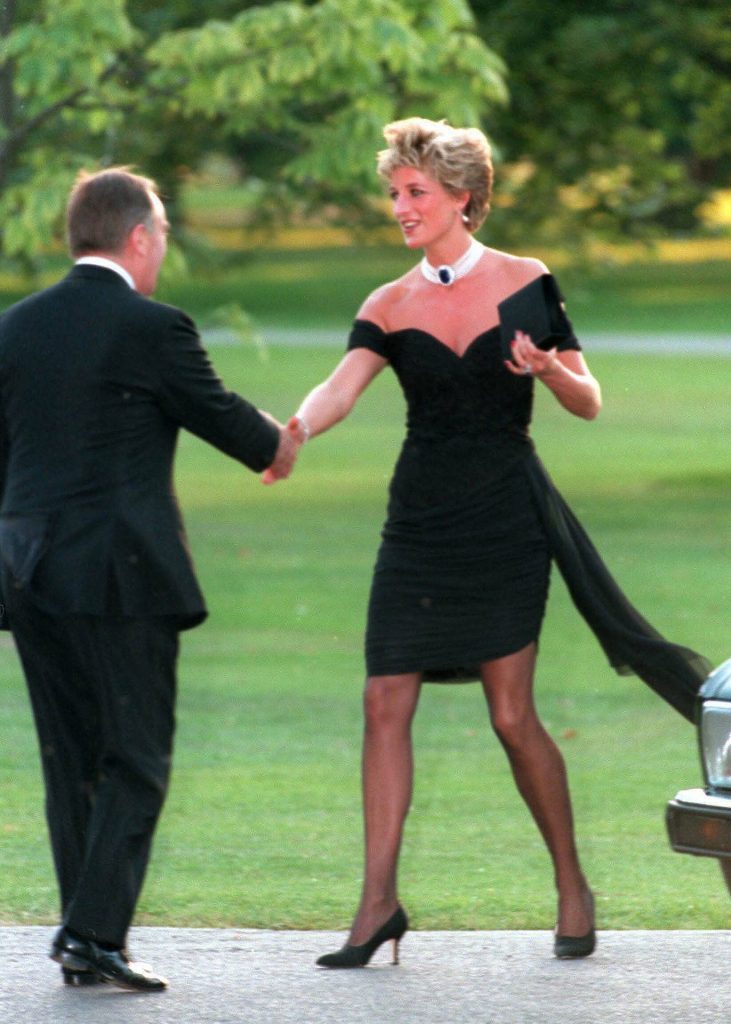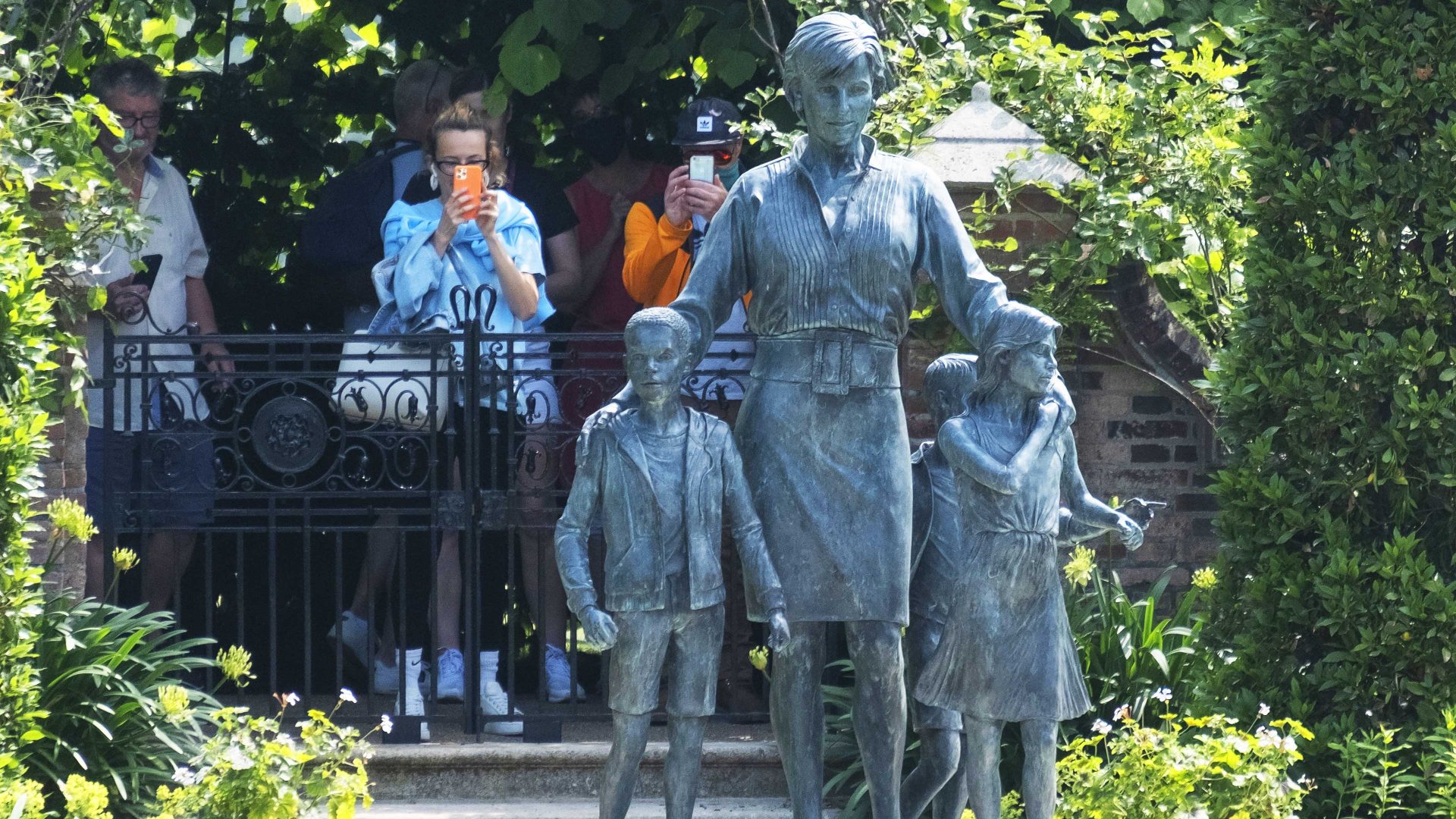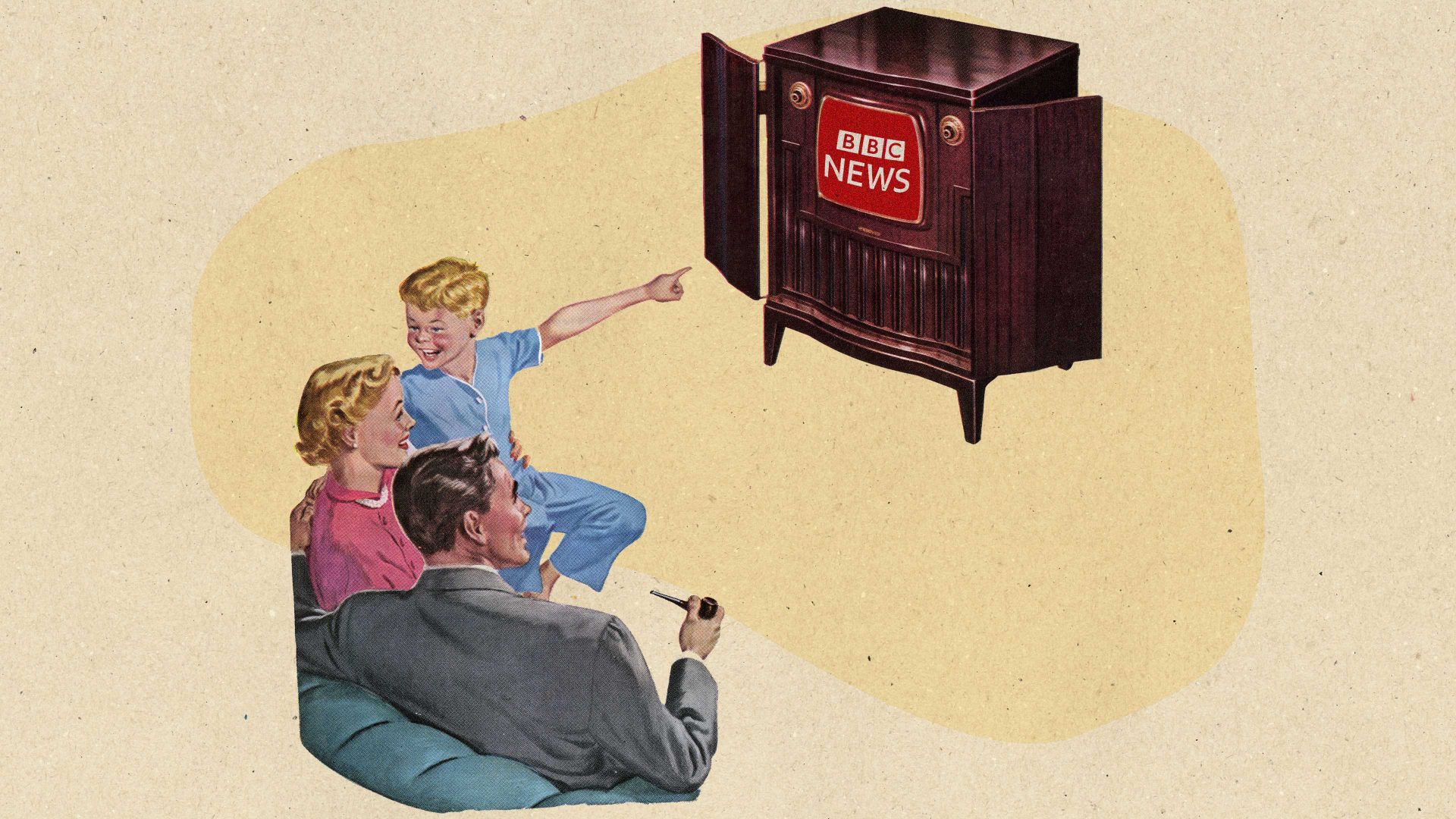“Utterly iconic.” On a warm morning at the Princess Diana memorial fountain in Hyde Park, this is how one half-German, half-British woman describes the royal whose memory it celebrates. The gushing continues, both from fountain and fan: Diana was “a groundbreaker”, “unique” and “the cool royal”. When I ask her how old she is, she replies that she is 19, born more than five years after Diana’s death in Paris on August 31, 1997.
As we approach the 25th anniversary, Diana’s legacy lives on. But, how? How is her memory held so dearly by generations who were either so young they don’t remember her death, or simply weren’t born during her lifetime at all?
A 15-minute walk away from the fountain is Kensington Palace’s Sunken Garden. First planted in 1908, its ornamental beds were redesigned with white and soft pastel flowers to mark the 20th anniversary of the death of the palace’s former tenant and, last year, a bronze memorial statue commissioned by Prince William and Prince Harry was unveiled.
Near one of the ironwork gates were two young girls snapping away on their iPhones with more fervour than the others. When I asked one of them what she thought of Diana, she had one word – “who?” Then she gazed at the statue, realised her mistake and added that Diana was iconic and that everyone she knew worshipped her. The girls were 18 years old.
There, on opposing sides of Kensington Gardens, was Diana’s legacy in real time. The generations born after her death continue to instinctively fight the corner of a figure they don’t remember.
That afternoon, I caught up with another Gen Z journalist, Callum Tennant. Once again, the praise began. “It’s remarkable how even a quarter of a century after her death, she remains such an iconic figure,” he says. “Yes, people love to talk about Princess Diana, but for her work on Aids alone she should be remembered warmly.” However, Tennant adds, since he was born after the princess’s death, his impressions are second-hand rather than his own memories.
Clive Irving, on the other hand, recalls Diana’s death with absolute clarity. The royal expert and founding editor of Condé Nast Traveller shares with me that he remembers her death “extremely clearly”, with the following few hours fuelled by lots of caffeine and decisions on how to cover the sudden death of the “fairytale princess”. Another word that really encapsulates that news cycle, Irving explains, is speed.
“You have to appreciate that we went from the car crash in Paris to her funeral in one week,” he says. In death, overnight Diana gained this enduring status that she was never quite able to achieve in her lifetime. I quiz him on the hypothetical – if Diana were alive today, what would she be doing? Irving does not miss a beat. “Oh, she’d be a United Nations goodwill ambassador, throwing herself into something like that.” Like Audrey Hepburn, he adds, Diana would have her sleeves rolled up and would be furiously busy being the people’s princess. And in her trouser pocket she would have an iPhone, home to an Instagram account with “500 million followers. You just know that she’d be an Instagram queen,” he says.
A few days before my visit to Kensington Gardens, I asked two female friends, what was the first thing that came to mind when someone mentioned Diana? Simultaneously, both said “revenge dress”. It’s almost 28 years since that off-the-shoulder number, which was actually commissioned from Armenian designer Christina Stambolian three years earlier but considered too daring at the time, made its appearance at a Vanity Fair party in London on the same night that Prince Charles admitted to adultery in a televised interview. The cocktail dress went from outrageous to a necessary suit of armour. “Iconic,” my two friends concluded.

However, it isn’t just occasionwear looks that Diana is associated with today. She also pulled off athleisure outfits consisting of oversized sweaters and cycling shorts, before the pandemic popularised these looks as millennial and Gen Z working from home attire – just ask Vogue magazine, which in 2020 explained how “Princess Diana aced pandemic chic before it became a thing”.
Was this the result of a slow news cycle during lockdown, or perhaps a sign that young women today still look to the princess for inspiration on what to wear?
I was half-inclined to go along with the former until I remembered my flatmate sporting a combination of black lycra shorts and an oversized jumper during Britain’s third lockdown. “I feel so Lady Di,” my flatmate said.
Understanding Diana’s enduring appeal is two-fold. There is the “well-structured tragedy”, which remains relevant today, says Irving. However, “you really have to overcome this ‘wronged-woman’ syndrome”, he explains, because it’s more complex than that. Diana was the touchable royal, “fearless in the face of Aids and passionate about her landmines work”. It is in this sense that the princess was ahead of her time, allowing her memory to form neatly into a contemporary narrative.
But, for Tessy Ojo, CEO of the Diana Award, an organisation with a mission to continue Diana’s work of championing issues that slip under the radar, there is a third element. “Diana was all about children,” Ojo says. It is through them, she adds, that we can truly appreciate her enduring legacy. It’s not a coincidence that the statue in the Sunken Garden depicts her with three bronze children.
When I ask Ojo what word is most used to describe Diana by the children she works with through the award, she immediately answers: “Change-maker. You constantly hear it.”
She believes that as long as Diana’s love of children continues to be recognised, there is no end to how long her legacy will endure. And so, Diana lives on through children.
My curiosity about Diana’s legacy today is, in part, personal. I was born just over a month before she died. My education in Diana consists of family discussions, or watching documentaries and dramatisations, from The Queen to The Crown.
Has this stopped me defending her in conversation or preaching about the vast cultural relevance of her revenge dress at social occasions? No. I have always maintained that I am indifferent to Diana, but in my heart, I know something feels unsettled when I hear her being criticised.
On that morning of August 31, 1997, my mum was up feeding five-week-old me when she heard the news. I was crying because I was hungry, but my mum was crying because she felt as if she knew Diana, in Irving’s phrase, the ultimate “tragic legend”.
Irving adds: “She is as relevant today as the day she died, you simply cannot say that about any other royal.”
With that, he sums up the legend of Diana in one sentiment. Twenty-five years after her death on that August morning, the people’s princess lives on through people who weren’t alive during her lifetime.
As with any icon, evidently, that is no obstacle.




